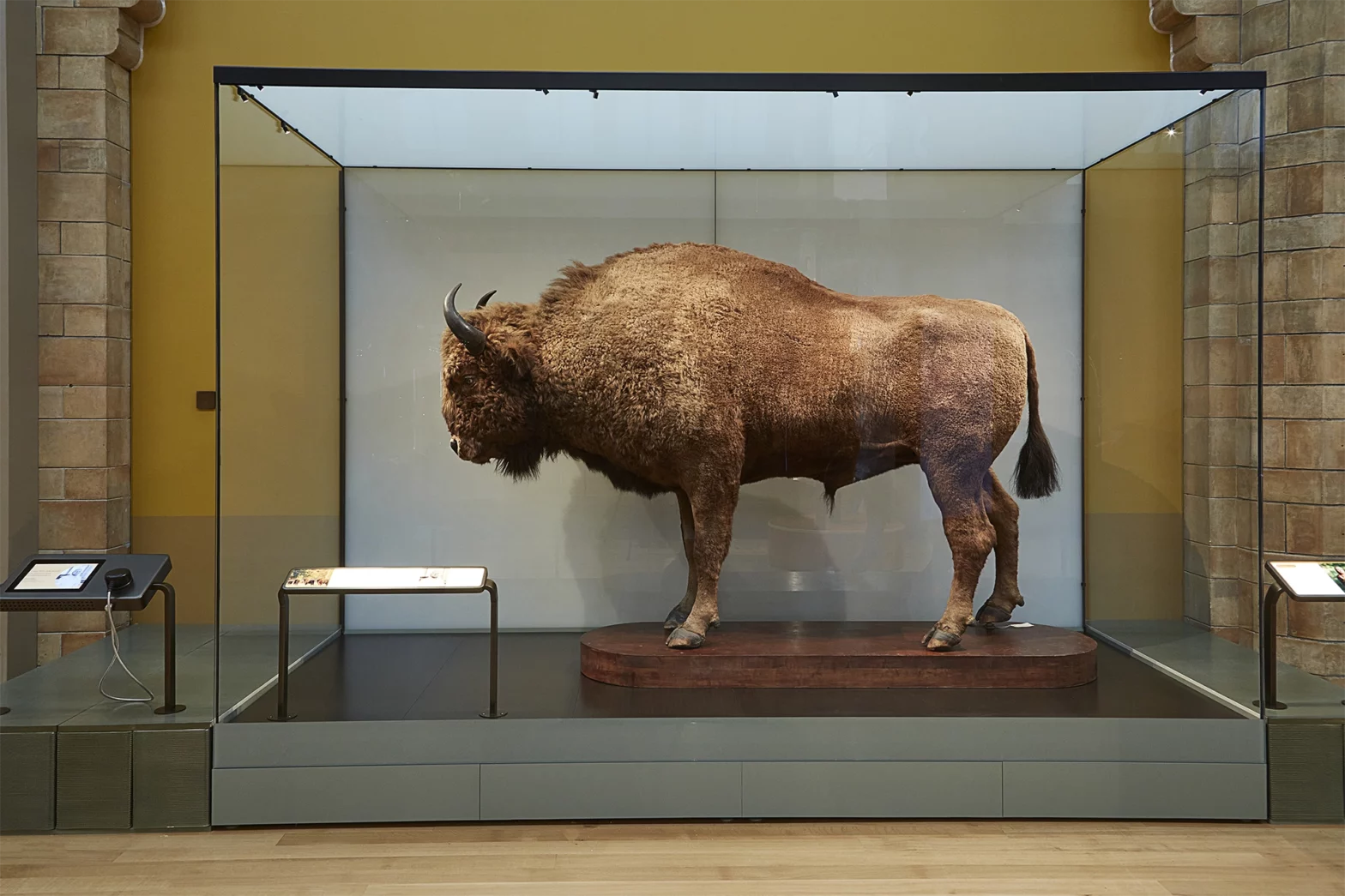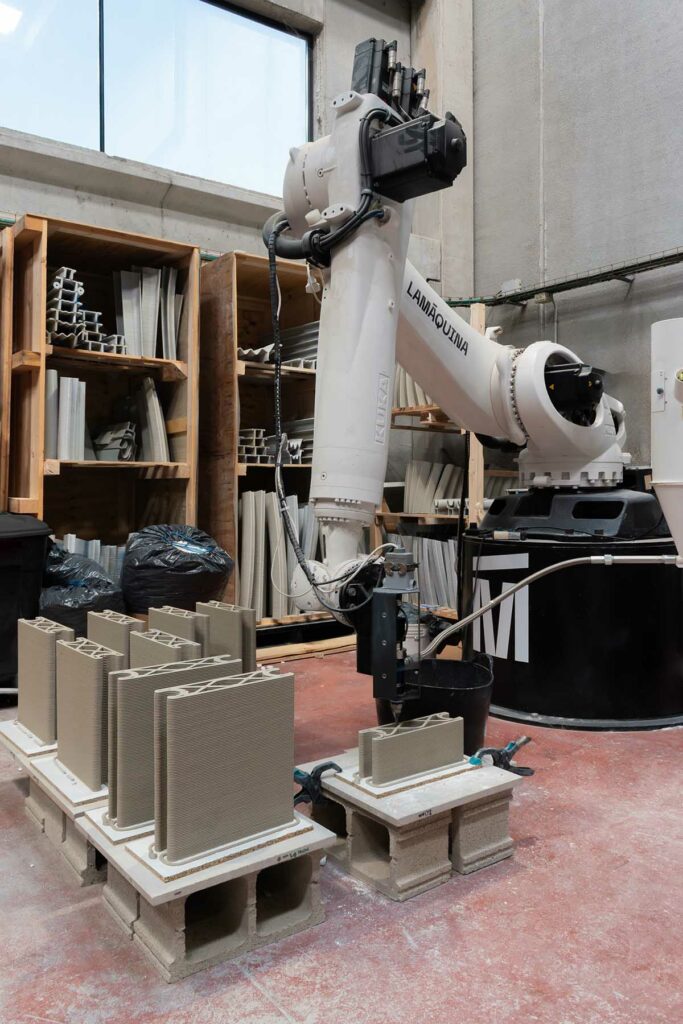Digital Clay: A New Layer at the Natural History Museum
More than just a conceptual theme, sustainability is embedded into the very fabric of the gallery itself.

LAMÁQUINA’s latest collaboration with London’s Natural History Museum is featured in Rhino3Dzine, spotlighting how the strategies behind the project guarantee a sustainable intervention within a heritage building. Central to the Fixing Our Broken Planet gallery was the use of softwares like Rhino and Grasshopper, which enabled advanced computational design and precise control over complex geometries.
PARAMETRIC MODELS FOR HERITAGE INTERVENTIONS
The parametric models allowed the team to adapt to the constraints of the Victorian architecture while optimising for material use. Through this process, 3D printed ceramic pieces—made with 40% recycled clay—and assembled with biopolymer joints were custom-fitted into the restored gallery.

The project sets a benchmark for how digital tools can be used not just for design innovation, but also for environmental responsibility in architectural preservation. LAMÁQUINA’s work proves that technology can serve both creative expression and ecological integrity in sensitive heritage contexts.
Read the full article here.
